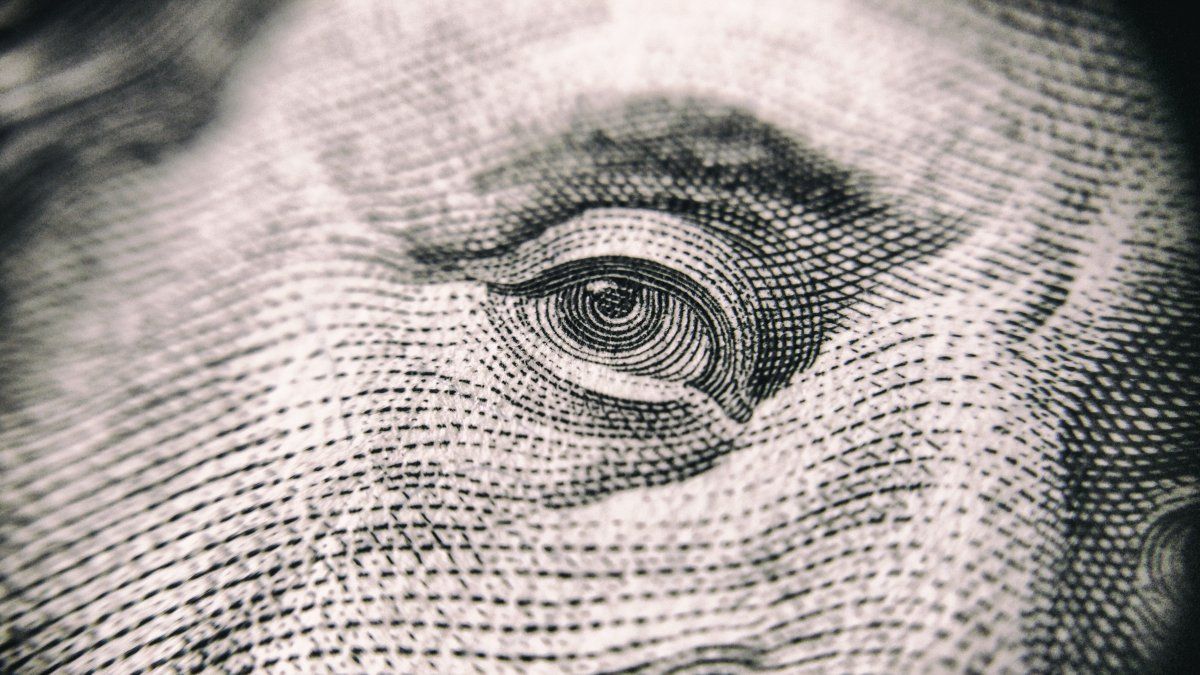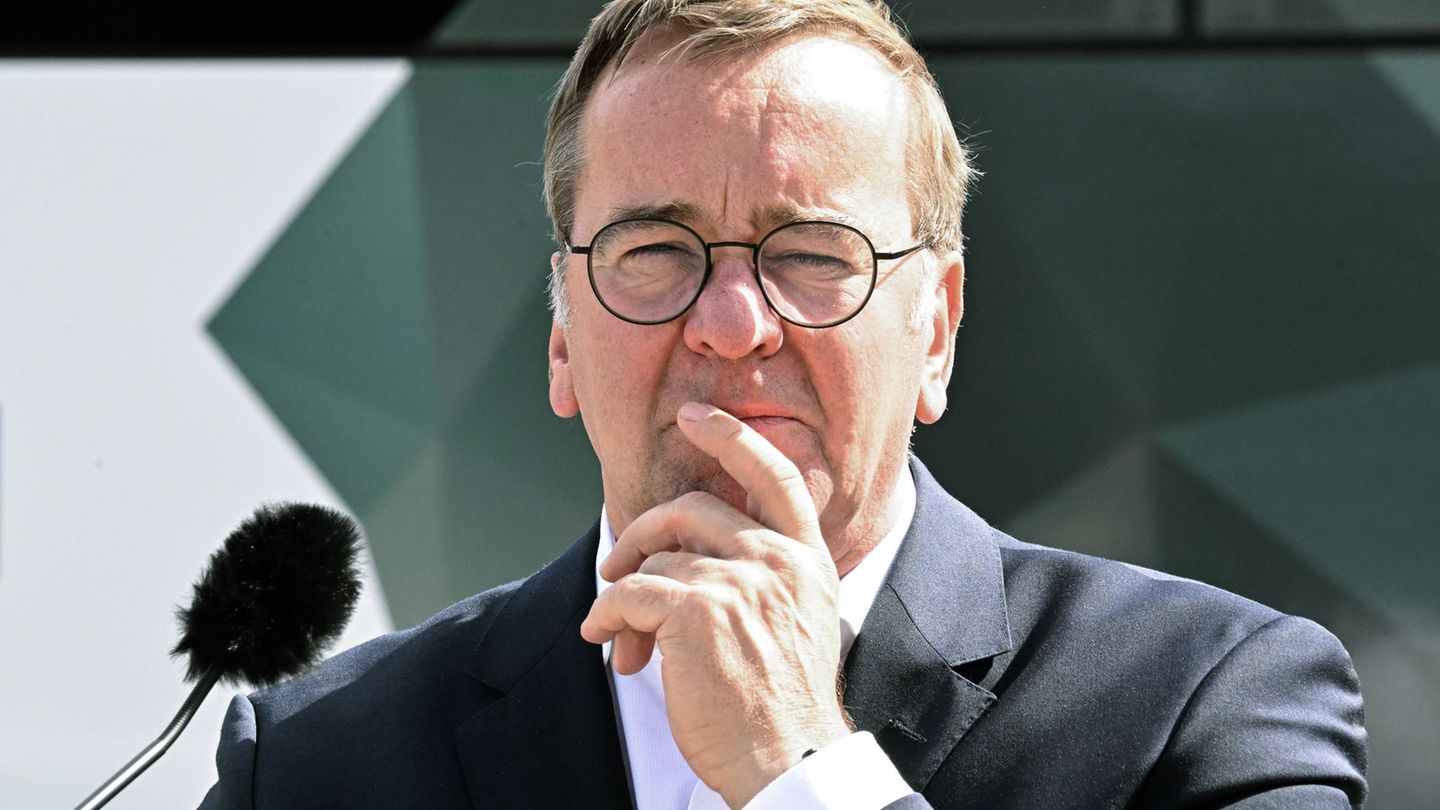The good news regarding Japanese exports also contributed to optimism regarding the Japanese currency.
This Wednesday, Yen sees notable rise driven by sharp rise in Japanese bond yields, fueling expectations of a possible end to ultra-expansive monetary policy. In parallel, the dollar At a global level it weakens against the euro, the pound sterling and the Japanese currency.
The content you want to access is exclusive to subscribers.
In this context, the US note lost 0.66% against the yen, standing at 147.39 units. This decline is directly linked to the yield of Japanese public debt, which reached maximum levels in six weeks. On Tuesday, Bank of Japan chief Kazuo Ueda said the prospects of meeting the central bank’s inflation targets are gradually gaining ground, influencing the yen’s bullish trend.


Good news on Japanese exports on Wednesday contributed to optimism around the yen. Likewise, the decline in US bond yields triggered an attempt by investors to assess the possible direction of the Federal Reserve’s interest rates.
Dollar vs. other currencies: what data the market analyzes
Ray Attrill, head of foreign exchange research at National Australia Bank, said: “Ueda’s comments have instilled a bit more confidence in the market, suggesting that April is definitely a plausible date for an eventual exit from the current policy.”
On another front, the euro experienced an increase of 0.4%, standing at 1.0896 dollars, after registering a decrease of 0.27% the previous day. This rebound was attributed to surveys of purchasing managers’ indices that indicated that the economic slowdown in the euro zone moderated slightly in January, although it persists at a slow pace. Furthermore, the euro reaches its lowest level against the pound sterling since the beginning of September, standing at 85.4 pence.
The dollar index experienced a decrease of 0.42%, standing at 103.08 units, reversing the 0.26% increase of the previous two days. Despite reaching its peak since December 13 on Tuesday, at 103.82, the index shows an advance of slightly less than 2% so far this year. This is due to more encouraging data than expected and the reactions of central banks, which have tempered expectations of rapid rate cuts this year.
The pound sterling shows an increase of 0.55%, reaching $1.2755. The boost came from data indicating a pick-up in growth in January for services businesses in the UK, a survey revealed.
Source: Ambito
I am a 24-year-old writer and journalist who has been working in the news industry for the past two years. I write primarily about market news, so if you’re looking for insights into what’s going on in the stock market or economic indicators, you’ve come to the right place. I also dabble in writing articles on lifestyle trends and pop culture news.




